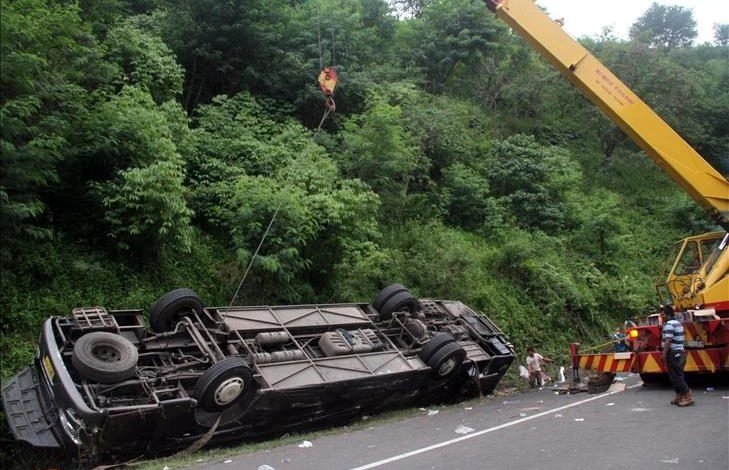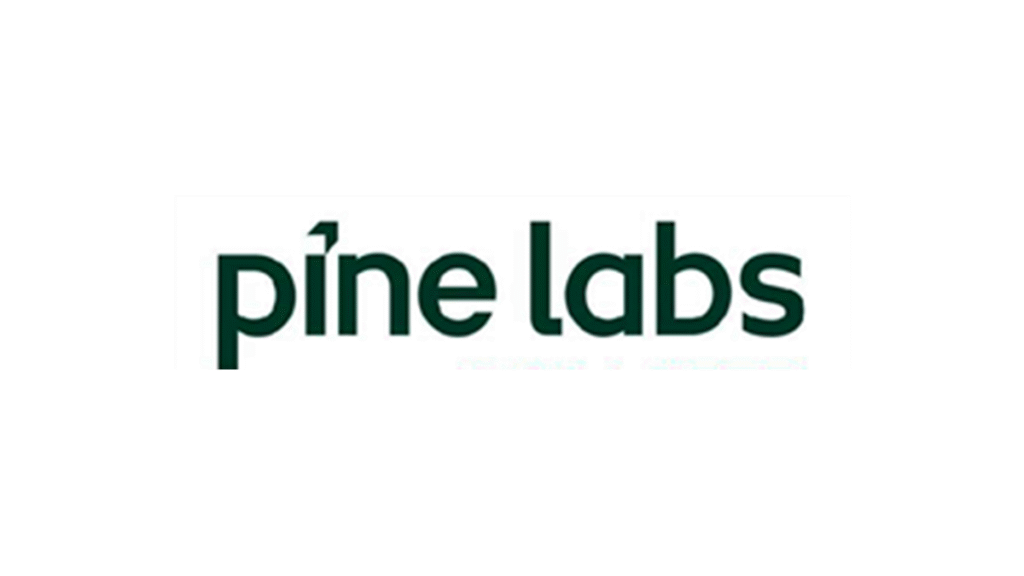Sri Lanka still runs a fragile medicine supply chain. Imports account for most items, so any policy, forex, or logistics shock turns into stock-outs at the ward. The crisis of 2022 exposed systemic weaknesses. Many remain. The following map shows the binding constraints today and the quickest levers to relieve them.
1) Planning and demand signals
Forecasts remain noisy. Facility consumption data are incomplete or late, and morbidity patterns shift faster than the planning cycle. Formularies differ by level of care. Substitution rules are unclear at the point of care. That pushes ad hoc requests to the centre and creates bullwhip effects. When budgets tighten, planners cut breadth (fewer molecules) and push volume into a small set of tenders, amplifying concentration risk.
Fix now: Lock an essential list per care level for two years. Enforce ABC/VEN classification for all orders. Require monthly electronic issues-and-receipts from every MSD regional store and major hospitals. Publish a rolling six-month “at risk” list to trigger substitutions.
2) Financing and external exposure
The system still leans on foreign exchange for 80%+ of medical supplies. That dependence magnifies any macro disruption. The 2022 shock proved it: hundreds of essential lines went out of stock, and the system needed external grants to keep services going. Even with macro stabilisation, arrears to suppliers and late letters of credit deter competitive bids and push prices up. Donor parallel purchases help in crises but can scramble demand signals and quality assurance if not integrated.
Fix now: Clear valid arrears. Ring-fence a quarterly FX window for medicines. Fold all donor purchases into a single national procurement plan with common QA.
3) Procurement mechanics and timing
Today’s tightest bottleneck is timing. Tenders and framework awards slipped in 2024, leaving 2025 short. The Health Minister himself linked the ongoing 2025 shortages to delayed procurement decisions, including issuing tenders for only a fraction of required items in early 2024. When large tenders bunch late, awards crowd into Q4 and deliveries miss the clinical window. One-winner awards also create single-point failure. When that supplier defaults or ships late, there is no fall-back.
Fix now: Move to multi-supplier framework agreements on all high-value, high-criticality molecules. Split awards across at least two qualified suppliers. Publish a fixed annual procurement calendar and enforce decision SLAs at each gate.
4) Regulatory throughput and quality assurance
Registration and import licensing queues remain a drag. NMRA has announced targets to clear the registration backlog by late 2025. In the interim, import licences require long lead times, and lot testing can add holds and demurrage. The public debate often blames “finance,” but regulatory waits add real days to the chain. The recent public focus on delayed oncology equipment procurement shows how clinical services suffer when approval and tender steps overrun.
Fix now: Expand NMRA review capacity through time-bound secondments and external assessors. Fast-track WHO prequalified and Stringent Regulatory Authority products on an abridged pathway. Publish real-time dashboards of median days for registration, import licence, and lot release.
5) Governance, integrity, and cost of delay
Audit findings and civil-society analyses highlight fragmented roles and weak coordination between procurement, logistics, and clinical users. Integrity risks appear at specification, evaluation, and contract-management stages. The cost shows up as cancelled tenders, appeals, re-tenders, or urgent spot buys at higher prices. Every re-tender adds weeks. Each urgent buy trades price and QA for speed. These frictions compound at scale.
Fix now: Standardise specs to WHO model lists where possible. Mandate disclosure of all evaluation reports within 10 working days of award. Use independent procurement observers for high-value lots. Introduce debarment for non-performance and false documentation.
6) Import, ports, and first-mile logistics
Clearance delays and testing holds create demurrage and spoilage risk, especially for cold-chain biologics. When the centre orders late, consignments land during peak port congestion or holidays, compounding delay. Batch-wise partial shipments complicate planning at the Medical Supplies Division (MSD). The result is old-fashioned firefighting.
Fix now: Pre-clear documents before vessel arrival. Reserve port exam slots for medical consignments. Use bonded cold rooms with continuous temperature monitoring. Require suppliers to commit to complete-lot shipments unless otherwise agreed.
7) Domestic manufacturing constraints
Local manufacturers face small batch sizes, variable API costs, and working-capital strain. Quality upgrades to meet WHO-compliant GMP are capital intensive. Without predictable offtake, firms cannot invest. This keeps import dependence high. The sector’s structure has not shifted enough since the crisis to lower exposure.
Fix now: Offer three-year framework offtake contracts for selected generics with price-adjustment clauses. Tie concessional finance to GMP upgrades. Prioritise molecules where local firms have comparative advantage.
8) Warehousing and national distribution
MSD storage and regional store capacity are stretched. Temperature excursions, FEFO violations, and mismatched stock profiles persist. Overstock accumulates centrally while peripheral facilities report stock-outs. Barcode and GS1 standards are not universal, so traceability is weak. Cycle counts are rare. Data do not drive re-balancing.
Fix now: Complete GS1/barcode rollout for all lines above a spend threshold. Add weekly system-driven re-distribution runs between regional stores. Mandate FEFO compliance audits. Deploy passive data loggers for all cold-chain lanes.
9) Last mile and clinical use
Delivery to remote facilities is infrequent. Prescribers sometimes choose outside the essential list, which fuels demand for non-stocked brands and increases patient-level switching. Patient brand preference complicates substitution, and counselling time is short. When lines stock-out, clinicians improvise, which risks antimicrobial stewardship and outcomes.
Fix now: Stabilise delivery frequency with published routes and days. Provide substitution protocols and patient information leaflets for the top 50 essential molecules. Monitor antibiotic consumption and resistance trends quarterly.
10) Information systems and visibility
Fragmented systems break the chain of accountability. Procurement data, regulatory status, port clearance, warehouse inventory, and facility issues are not visible in one pane. Without line-of-sight from tender to bedside, leaders cannot intervene early. The ADB supply chain assessment flagged the need for integrated forecasting, monitoring, and distribution. Progress remains partial.
Fix now: Stand up a national Supply Chain Control Tower. Feed it with: tender pipeline and award status; NMRA registration/licensing status per molecule; shipment ETAs; customs clearance state; MSD and regional stock; daily facility issues and receipts. Set exception thresholds and auto-alerts.
11) What changed since 2022, and what has not
The macro free-fall of 2022 drove acute shortages and emergency appeals. External partners backfilled funding and supplies to keep essential services going. The macro picture has since stabilised, but the supply chain still suffers from timing slippage, regulatory queues, and governance friction. The state acknowledges procurement timing as a root cause of current gaps in 2025. NMRA targets backlog clearance by late 2025, which will help, but execution is key. Political attention has also turned to ensuring continuity of supply, yet measurable throughput and on-time-in-full delivery must be the test.
12) A short list of measurable KPIs
Adopt five metrics and publish them monthly:
- On-time award rate for tenders scheduled in the annual plan. Target ≥90%.
- Median days from award to first delivery at MSD for top 100 lines. Target ≤60.
- Regulatory lead time: registration, import licence, and lot release medians. Target 50/14/5 days.
- Stock-out rate at facility level for the top 100 essential molecules. Target ≤2%.
- Supplier concentration: HHI per molecule by value. Trigger review if HHI > 3,000.
13) Procurement design to de-risk 2025–2026
Move high-criticality items onto overlapping framework agreements with staggered start dates. Use performance-based call-offs, not one-shot annual awards. Add liquidated damages for late deliveries and offer small bonuses for early, complete shipments. Qualify at least two suppliers per line where market depth allows. For thin markets, map contingency sources and pre-clear their dossiers.
14) Practical steps for the next 90 days
- Calendar discipline: Publish the 12-month tender calendar with gate dates and hold weekly public status updates on slippages.
- Backlog surge: Fund and staff an NMRA “tiger team” to clear dossiers already meeting international standards. Time-box to 12 weeks.
- Control tower: Launch a minimal viable dashboard that tracks 100 priority molecules from tender to ward.
- Cold chain: Rent additional bonded cold capacity for Q4–Q1 arrivals.
- Redistribution: Run two national re-balancing waves using near-real-time stock data before peak demand months.
- Supplier engagement: Convene top 20 suppliers. Share the calendar, QA expectations, and payment terms. Commit to 30-day payment on accepted lots.
15) The policy bottom line
Sri Lanka’s medicine security will not come from firefighting or emergency donations. It will come from calendar-driven procurement, faster regulatory throughput, multi-supplier frameworks, and real-time visibility from award to bedside. The 2022 shock taught the cost of dependency. The 2025 shortages show the cost of delay. Fix the mechanics and the chain will hold even when macro winds shift.















